Running a care services business has its difficulties, and marketing can be easy to forget about. Making sure your website, SEO, and marketing are on point can feel less important, but this is where we are here to help. We do marketing for Care Homes.
SEO for care homes, improving your website, and having a system in place can make a big difference in the business. Care home marketing can seem intimidating if you haven’t done it before, but it’s well worth it. We can help ensure maximum occupancy at all times.
At Developer Rocket, we have a huge amount of experience in SEO and marketing for all kinds of businesses. We help you set up a clear process to get you more leads and take the stress out of marketing for care homes.

To get you on the right track to great marketing for your care home business here are our top 10 tips.
Understand and know your target market
Effective marketing for care homes starts with a deep understanding of your target audience. Your messaging, services, and outreach should be tailored to the specific needs and concerns of the people making care decisions.
According to Carehome.co.uk there are 16,566 care homes in the UK so there is plenty of competition around, it’s important to stand out.
Here’s how to ensure your marketing speaks directly to them:
1. Identify Your Key Decision-Makers
While elderly residents are the ones receiving care, they are often not the sole decision-makers. In most cases, family members—adult children, spouses, or close relatives—play a significant role in choosing a care home. Healthcare professionals, such as GPs and social workers, can also influence decisions. Your marketing should address the priorities of both residents and those supporting them.
2. Understand Their Concerns and Priorities
Families looking for a care home are often navigating a stressful and emotional decision. Common concerns include:
Quality of care and staff expertise
Safety, cleanliness, and comfort of the environment
Activities and social opportunities for residents
Costs and funding options
Reviews, testimonials, and recommendations
By addressing these concerns transparently in your marketing materials, you build trust and reassure potential clients.
3. Use the Right Messaging and Tone
Your marketing should be warm, compassionate, and informative. Avoid overly clinical or sales-focused language—families want reassurance and empathy. Use real-life stories, testimonials, and case studies to highlight the positive experiences of residents and their families.
4. Leverage Data to Fine-Tune Your Approach
Use insights from website analytics, social media engagement, and inquiries to understand what resonates most with potential residents and their families. Which pages do they visit most on your website? What questions are frequently asked? Adapting your marketing based on this data helps improve its effectiveness over time.
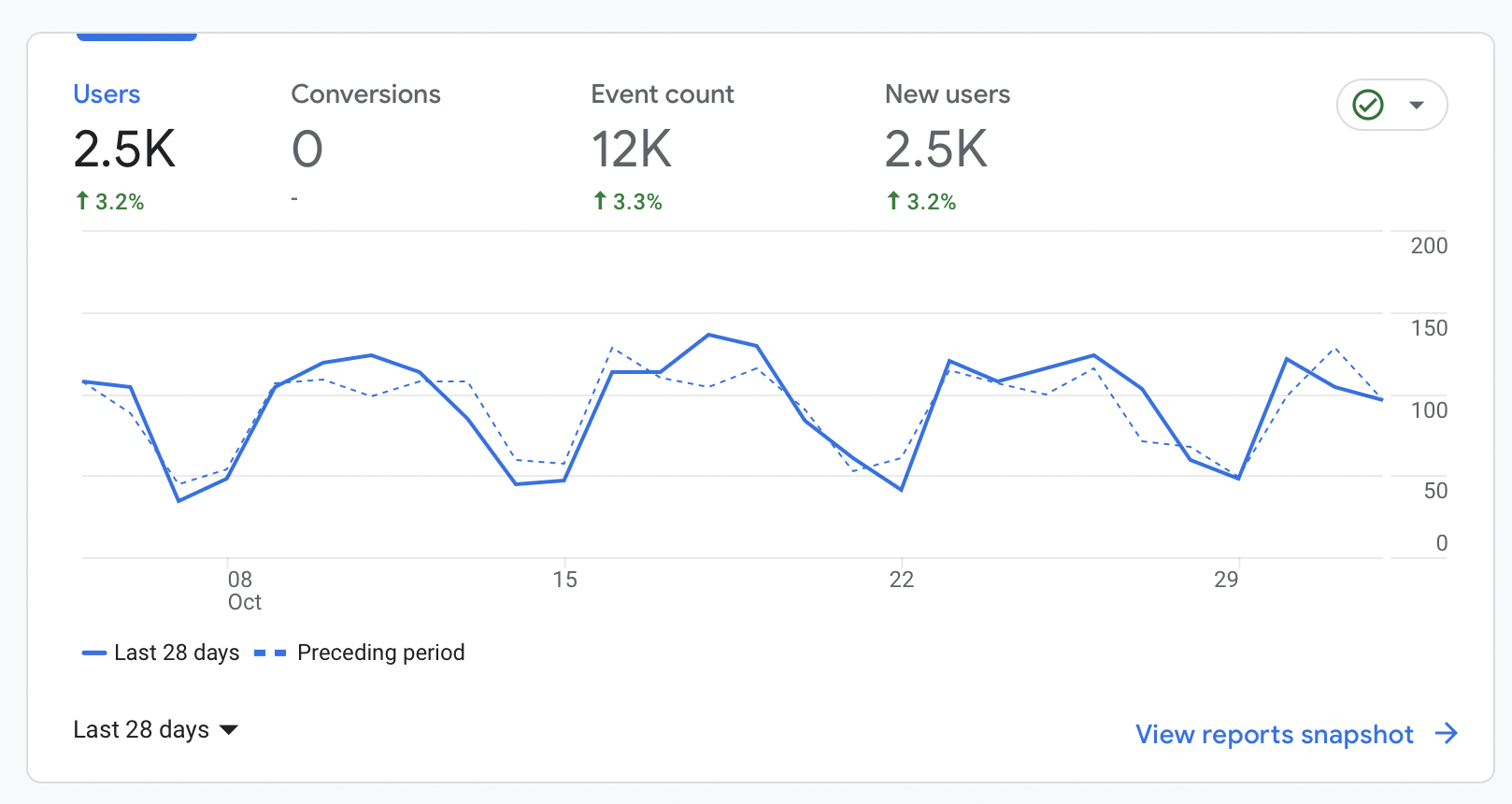
By truly knowing and understanding your audience, you can create marketing that connects, informs, and builds trust—helping families feel confident in choosing your care home.
Know your competition in the care home industry
Understanding your competition is just as important as understanding your audience. Care homes operate in a highly competitive market, and knowing what other providers offer can help you refine your own services and marketing strategy. Here’s how to gain a competitive edge:
Identify Your Competitors
Start by researching other care homes in your local area. Look at both direct competitors (those offering similar services to the same audience) and indirect competitors (such as home care services or assisted living facilities). Knowing who you’re up against helps you position your care home more effectively.
How to find your care home competition on Google
Sometimes its easier said than done to figure out who your competition is. Often the competition in your head is not your real competition. There are a number of tools you can use to figure out what websites people are going to based on search terms they might use to find you. To determine who your competition might be start off by Google what your potential customer might search for “care homes in kent” for example.
The top results will normally be sponsered, these businesses are running Google ads. They will have a budget and sometimes a team dedicated to running these ads. You should be doing the same!
Going past the sponsered posts you’ll find the Google Places results, these will be the businesses that have optimised their Google My Business profile well, are close by to you and have lots of Google Reviews. It’s important to keep on top of this too.
Scrolling further done, you’ll see the websites that are the top of Google due to good search engine optimisation. This is another massive part of the business, if you appear the top of Google you’ll get 90% of the clicks.
Analyse Their Strengths and Weaknesses
Visit competitor websites, read online reviews, and even take a tour if possible. Pay attention to:
Their care services and unique offerings
Pricing and funding options
Quality of their facilities and amenities
Their online presence (website, social media, and Google reviews)
How they communicate with prospective residents and families
This will help you identify areas where your care home excels and areas where you can improve.
Differentiate Your Care Home
Once you understand what your competitors offer, highlight what makes your care home unique. This could be:
Specialised care services (e.g., dementia care, respite care)
Exceptional staff-to-resident ratio
A focus on community and social engagement
Award-winning care or accreditations
Outstanding resident testimonials
Your unique selling points should be at the core of your marketing message to stand out from the competition.
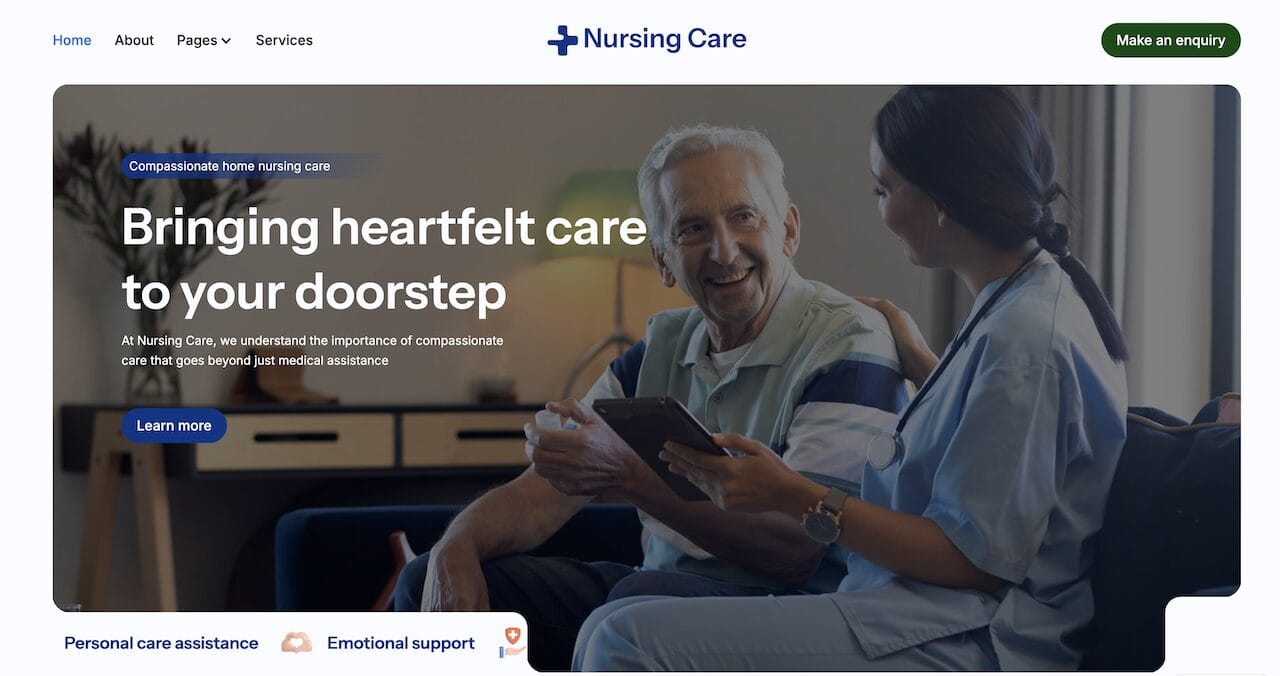
Monitor Online Reputation and Reviews
Online reviews play a crucial role in how families choose a care home. Regularly check how your competitors are rated on Google, Carehome.co.uk, and social media. If they have higher ratings, look at why—are they responding well to reviews, offering better facilities, or showcasing strong community engagement? Learning from their successes and shortcomings can guide your own improvements.
Stay Ahead with Innovation
The care sector is constantly evolving, with new technologies, care approaches, and regulations emerging. Keeping up with industry trends and looking at how competitors adapt can help you stay ahead. Whether it’s implementing digital care plans, enhancing family communication, or improving facilities, innovation can set your care home apart.
By knowing your competition inside and out, you can position your care home as the best choice for families—offering not just care, but trust, comfort, and peace of mind.
Your Website: The Foundation of Your Marketing Strategy
Your website is often the first impression potential residents and their families will have of your care home. A well-designed, informative, and easy-to-navigate website can build trust and encourage inquiries. Having a old, uninformative is disastrous for marketing as it puts off potential leads straight away. Here’s how to ensure your website works effectively as a marketing tool:
1. Make a Strong First Impression
A care home website should feel welcoming, professional, and reassuring. Use high-quality images (not stock images) of your facilities, staff, and residents (with permission) to showcase the warmth and quality of care you provide. A clean, modern design with a calm and friendly colour scheme can help create a sense of trust.
2. Ensure Easy Navigation and Accessibility
Many website visitors will be older adults or family members unfamiliar with complex websites. Make sure your site is:
Easy to navigate, with clear menus and a logical layout
Mobile-friendly, as many people browse on their phones
Accessible, using readable fonts, high contrast, and alt text for images
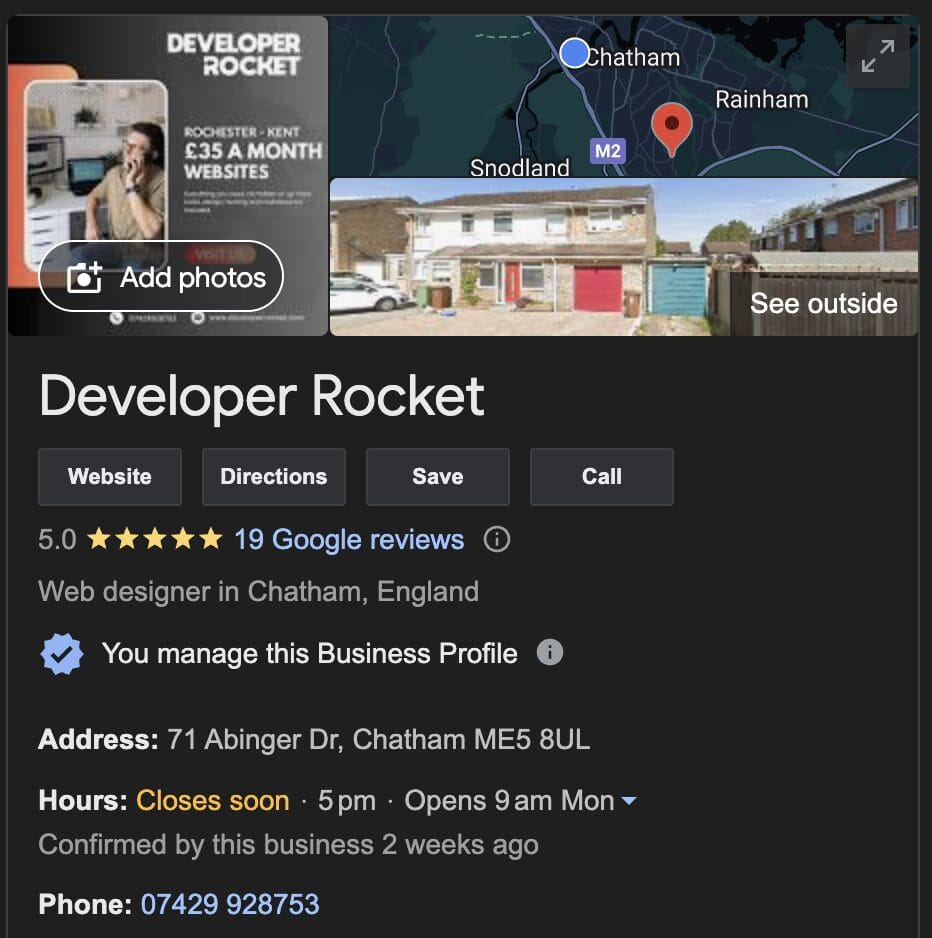
3. Provide Essential Information Clearly
Your website should answer key questions visitors may have without them needing to dig around. Be sure to include:
Services Offered: Clearly outline the types of care available (e.g., residential, dementia, respite, palliative)
Location and Facilities: Highlight what makes your care home special, with images and descriptions
Pricing and Funding Options: Be transparent about costs and whether you accept local authority funding
Testimonials and Reviews: Showcase real feedback from residents and families to build trust
Staff Expertise: Introduce your team and their qualifications to reassure families of the quality of care
4. Make It Easy to Get in Touch
Visitors should be able to contact you effortlessly. Include:
A prominent phone number at the top of every page
A simple contact form that’s quick to fill out
An option to book a tour or request more information
Live chat (if feasible) to answer quick questions instantly
5. Optimise for SEO to Attract More Visitors
Your website should be easy to find on Google when people search for care homes in your area. We’ll talk more about SEO in later sections. Some key SEO strategies include:
Using keywords like “care home in [your location]” throughout your site
Creating a blog with helpful articles on elderly care, funding advice, and choosing a care home
Adding your business to Google Business Profile and care home directories
Ensuring your site loads quickly and works well on mobile
6. Include a Blog to Build Authority
A blog can position your care home as a trusted source of advice. Consider writing about:
How to choose the right care home
Tips for transitioning to residential care
Advice on dementia care and well-being for seniors
Success stories and updates from your care home
By focusing on these website essentials, you create a digital presence that reassures families, builds trust, and encourages them to take the next step—getting in touch and booking a visit.
Local Marketing: Reaching Families in Your Community
While having a strong online presence is essential, local marketing remains one of the most effective ways to attract new residents to your care home. Many families prefer a care home close to where they live, so focusing on your local area can help you build strong relationships and increase visibility. Here’s how to market effectively within your community:
1. Optimise Your Google Business Profile
Your Google Business Profile (formerly Google My Business) is one of the most important tools for local marketing. It ensures your care home appears in local search results and on Google Maps when people search for care homes nearby.
Make sure your listing is complete and accurate, including your address, phone number, website, and opening hours.
Upload high-quality photos of your facilities, residents (with permission), and staff.
Encourage families to leave reviews, as positive testimonials can boost trust and rankings.
Keep your profile updated with news, events, and offers.
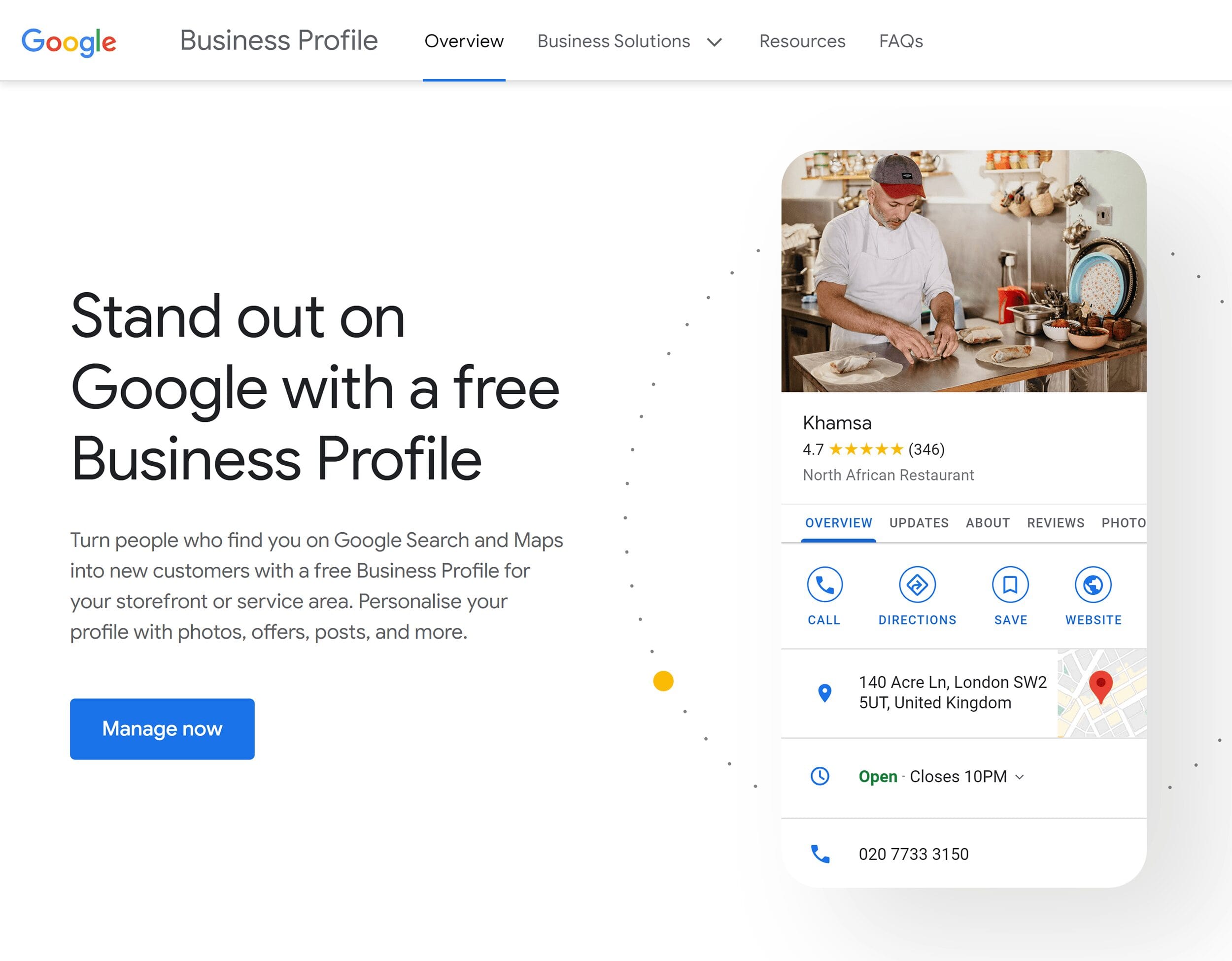
2. Build Relationships with Local Healthcare Professionals
Doctors, social workers, and hospital discharge teams often recommend care homes to families. Strengthen these referral networks by:
Introducing your care home to GPs, hospitals, and social care teams.
Providing brochures or digital information packs for healthcare professionals.
Hosting networking events or open days for professionals to visit and understand your services.
3. Attend and Host Local Events
Engaging with your local community helps increase awareness and trust in your care home. Consider:
Hosting open days for families to tour your facilities and meet the staff.
Organising care advice sessions on topics like dementia support or financial planning.
Partnering with local businesses or charities to support elderly care initiatives.
Attending community fairs or networking events to promote your services.
4. Use Local Print and Radio Advertising
While digital marketing is powerful, traditional media still works well for care homes, especially among older generations and their families.
Advertise in local newspapers, magazines, and newsletters.
Use local radio stations to run friendly, reassuring adverts.
Distribute flyers or brochures in places where families might look for care advice, such as GP surgeries, pharmacies, and community centres.
5. Engage with Local Social Media Groups
Many local communities have Facebook groups where residents ask for recommendations. Join and contribute to these groups by:
Sharing useful information and advice about elderly care.
Responding to requests for recommendations in a helpful, non-salesy way.
Posting updates about events and activities at your care home to showcase a welcoming environment.
6. Collaborate with Local Schools and Volunteer Groups
Many families appreciate care homes that integrate with the community. Partnering with local schools, charities, and volunteers can help create positive publicity and provide enriching experiences for residents.
Invite school children for visits to sing, read, or do activities with residents.
Work with charities or churches to host events or fundraising activities.
Offer volunteering opportunities for students or community members.
By focusing on local marketing, you build trust within your community and ensure your care home is the first choice when families need to find the right care for their loved ones.
PR and Media: Building a Positive Public Image
Public relations (PR) and media coverage can significantly boost your care home’s reputation, helping you gain trust and attract new residents. Positive news stories, expert insights, and community engagement all contribute to positioning your care home as a trusted and respected provider. Here’s how to leverage PR and media effectively:
1. Share Positive Stories with Local Media
Local newspapers, radio stations, and online news websites are always looking for feel-good community stories. Share newsworthy updates such as:
Resident success stories, like a resident celebrating a milestone birthday or taking up a new hobby.
Events and community initiatives, such as partnerships with schools, fundraising efforts, or open days.
Awards and recognitions, highlighting your care home’s achievements and accreditations.
Innovative care practices, showcasing how your care home is improving residents’ lives.
Write a short press release and send it to local journalists, explaining why your story is relevant and engaging. If you want to find out more on how to get on local news websites or papers read this article by Friends of the Earth.
2. Position Yourself as an Industry Expert
Journalists and media outlets often seek expert opinions on elderly care, health, and well-being. Establish your care home as a thought leader by:
Offering commentary on ageing and elderly care topics.
Writing guest articles for local or industry publications.
Being available for radio or TV interviews on relevant discussions.
By sharing expert insights, you boost credibility and visibility for your care home.

3. Use Social Media for PR Outreach
Social media is a great platform for showcasing the positive aspects of your care home. Use it to:
Share resident stories and daily life at your care home (with consent).
Post behind-the-scenes videos of staff and activities.
Celebrate staff achievements and highlight their dedication.
Engage with local media outlets and journalists by tagging them in relevant posts.
A well-managed social media presence can generate organic PR by encouraging shares and positive word-of-mouth.
4. Respond to Negative Press Proactively
If your care home ever faces criticism or negative media attention, handling it professionally is crucial.
Respond quickly and transparently, addressing concerns rather than ignoring them.
Show what actions you’re taking to improve any issues raised.
Encourage satisfied families to leave positive reviews to balance the narrative.
A strong PR strategy helps build resilience against negative press while reinforcing your care home’s commitment to excellence.
5. Get Featured in Industry Publications
Beyond local media, consider PR opportunities in care industry publications and websites. Being featured in respected outlets like Carehome.co.uk, The Care Home Environment, or Care Industry News adds credibility and exposes your home to a wider audience.
By actively engaging with PR and media, you not only boost awareness but also strengthen trust in your care home, making it a preferred choice for families looking for quality care.
Social Media: Engaging Families and Building Trust
Social media is a powerful tool for care homes, allowing you to showcase your services, share heartwarming stories, and connect with families. A strong social media presence helps build trust, increase visibility, and create a sense of community around your care home. Here’s how to use it effectively:
1. Choose the Right Platforms
Not all social media platforms are equally effective for care homes. Focus on the ones where families and potential residents are most active:
Facebook – The best platform for care homes, as it allows you to engage with families, share updates, and receive reviews.
Instagram – Great for sharing visual content like resident activities, staff spotlights, and behind-the-scenes moments.
LinkedIn – Useful for networking with industry professionals, care home suppliers, and potential employees.
YouTube – Perfect for longer video content such as virtual tours, interviews, and resident stories.
2. Post Engaging Content Regularly
A mix of content types will keep your audience interested and showcase the personality of your care home. Consider sharing:
Resident Stories – With permission, highlight milestones, hobbies, or achievements.
Day-in-the-Life Videos – Show the daily activities and atmosphere in your care home.
Staff Spotlights – Introduce carers and team members to build trust.
Live Q&A Sessions – Answer common questions about care home life, funding, and services.
Seasonal and Holiday Posts – Share celebrations, themed events, and festive decorations.
Posting 3-4 times per week ensures consistency without overwhelming your audience.
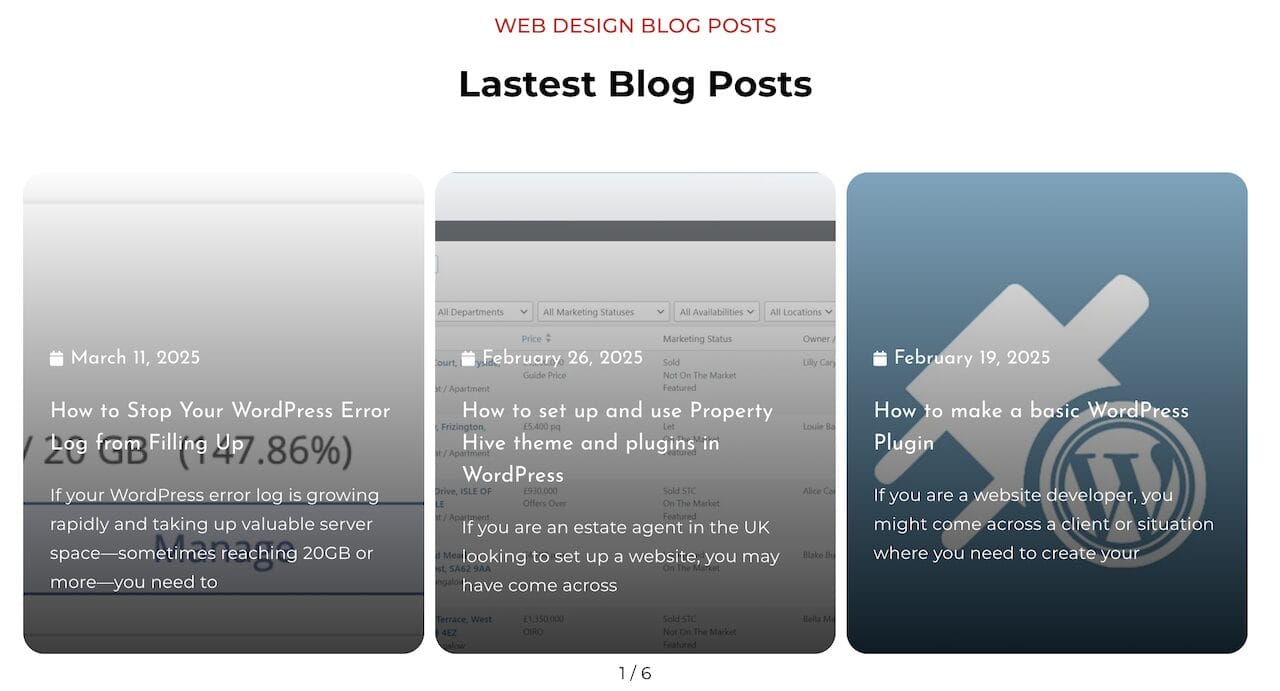
3. Encourage Interaction and Engagement
Social media should be a two-way conversation. Encourage families and followers to interact by:
Asking questions and encouraging comments.
Running polls or quizzes related to elderly care.
Hosting live video sessions with care home managers or healthcare experts.
Sharing positive reviews and testimonials from families.
Prompt responses to comments and messages show that you are active and engaged.
4. Use Social Media for Local Marketing
Social media can help increase your local visibility. To reach more families in your area:
Join and contribute to local community Facebook groups.
Use local hashtags (e.g., #CareHomeKent, #ElderlyCareUK).
Tag local businesses and organisations in posts to encourage shares.
Advertise events and open days on Facebook and Instagram.
5. Run Targeted Social Media Ads
If you want to reach more families looking for care options, consider running paid ads.
Use Facebook Ads to target specific locations and demographics.
Promote open days, vacancies, and special services.
Boost high-engagement posts to reach a wider audience.
A small budget for ads can significantly increase your care home’s visibility.
6. Monitor and Manage Your Reputation
Families often check social media when researching care homes. Make sure your online presence reflects the high quality of care you provide.
Monitor reviews and comments, responding promptly and professionally.
Encourage happy families to leave reviews on your Facebook page.
Address negative feedback calmly and offer to discuss concerns privately.
A well-maintained social media presence helps build trust, reassure families, and make your care home more appealing to potential residents.
PPC Advertising: Reaching the Right Audience with Paid Campaigns
Pay-per-click (PPC) advertising is a powerful way to generate leads and increase visibility for your care home. Platforms like Google Ads and Facebook Ads allow you to target families searching for care services, ensuring your care home appears at the right time. Here’s how to use PPC effectively:
1. Google Ads: Appear at the Top of Search Results
Google Ads allow you to place your care home at the top of search results when families search for terms like “best care home near me” or “dementia care home in [your location]”.

How to Set Up an Effective Google Ads Campaign:
Choose the right keywords – Focus on high-intent keywords such as:
“Care home in [your location]”
“Residential care for elderly”
“Dementia care home near me”
Use location targeting – Ensure ads are only shown to people in your service area.
Write compelling ad copy – Highlight what makes your care home unique, such as:
“Award-Winning Elderly Care in [Location]”
“Compassionate, 24/7 Residential Care – Book a Visit Today”
Create a strong landing page – The ad should direct users to a well-designed page with clear information, testimonials, and a simple contact form.
Monitor and optimise – Track which keywords and ads generate leads and adjust your budget accordingly.
Read more about how to run a good Google ads campaign in this blog post by Wordstream.
2. Facebook Ads: Targeting Families Effectively
Facebook Ads let you target specific demographics, such as people aged 40-65 (the typical age of family members researching care options).
How to Run a Successful Facebook Ad Campaign:
Target the right audience – Use Facebook’s targeting options to reach:
People within 10-20 miles of your care home.
Users interested in elderly care, caregiving, and senior living.
Families who have visited care-related websites (using retargeting).
Use engaging visuals – Ads with images or videos of happy residents, friendly staff, and comfortable living spaces perform best.
Test different ad types:
Carousel ads – Showcase different aspects of your care home (facilities, staff, activities).
Video ads – A short tour or resident testimonial can boost engagement.
Lead generation ads – Allow users to submit an inquiry without leaving Facebook.
Include a strong call-to-action (CTA) – Examples include:
“Book a Tour Today”
“Find the Right Care for Your Loved One”
“Speak to Our Care Team”
3. Retargeting: Bring Back Interested Families
Many people researching care homes won’t make a decision immediately. Retargeting ads help bring them back to your website.
Use Google Display Retargeting to show your ads across different websites.
Set up Facebook Retargeting Ads to re-engage visitors who didn’t complete an inquiry form.
Offer an incentive, like “Download Our Free Care Home Guide”, to encourage them to take action.
4. Budgeting and Measuring Success
Start with a small daily budget (£10-£20 per day) and increase based on performance.
Track important metrics, including:
Click-through rate (CTR) – How many people click your ad.
Cost per lead (CPL) – The cost of acquiring a new inquiry.
Conversion rate – How many inquiries turn into care home visits or residents.
Regularly adjust bids, ad copy, and images to improve performance.
Conclusion
PPC advertising can drive targeted leads to your care home quickly. By combining Google Ads for search intent and Facebook Ads for brand awareness, you can attract families actively looking for care and build long-term trust.
Content Marketing: Educate and Build Trust
Content marketing is a great way to position your care home as a trusted expert while also helping families make informed decisions. By providing valuable, educational content, you can build credibility and attract more potential residents.
1. Write Helpful Blog Posts
Regularly publishing blog content can improve your website’s visibility on Google and answer key questions families have. 69% of marketers actively invest time in SEO. (HubSpot, 2021)
Topics could include:
“How to Choose the Right Care Home for a Loved One”
“Understanding the Costs of Residential Care”
“Signs It’s Time to Consider a Care Home”
2. Create Downloadable Guides
Offering free guides or checklists in exchange for an email address can help generate leads. For example:
“A Family’s Guide to Moving into a Care Home”
“Checklist: What to Look for in a Quality Care Home”
3. Use Testimonials and Case Studies
Nothing builds trust like real stories. Share resident success stories, family testimonials, or case studies to showcase the care and support you provide.
4. Leverage Video Content
Videos are highly engaging and can help potential residents and their families feel more connected to your care home. Consider creating:
Virtual tours of your facilities.
Staff introductions to highlight your team’s experience and compassion.
Activity highlight reels to show daily life and resident engagement.
By consistently sharing useful and authentic content, you can build trust with families, improve your SEO, and drive more inquiries for your care home.
Referral Marketing: Word-of-Mouth Growth
Word-of-mouth referrals are one of the most powerful and cost-effective ways to attract new residents to your care home. Families trust recommendations from friends, healthcare professionals, and the local community far more than traditional advertising. Here’s how you can encourage referrals:
1. Encourage Family Referrals
Happy families are often willing to recommend your care home to others. You can:
Offer a referral program with incentives such as a donation to a charity, a gift card, or a small discount on care fees for successful referrals.
Simply ask for referrals when families express satisfaction with your services.
2. Partner with Local Healthcare Providers
Doctors, nurses, social workers, and hospital discharge teams regularly help families transition loved ones into care. Build relationships with:
GPs and local clinics who can recommend your care home.
Hospitals and social workers who assist families in urgent need of care.
Physiotherapists and occupational therapists who work with elderly patients.
Providing educational materials or hosting informational sessions for these professionals can help keep your care home top of mind.
3. Work with Local Community Groups and Charities
Senior organisations, faith groups, and community centres often support older adults and their families. Collaborating with them through sponsorships, events, or joint initiatives can boost awareness and credibility.
4. Build a Strong Reputation with Reviews and Testimonials
A great experience encourages natural word-of-mouth referrals. Make it easy for families to leave online reviews on:
Google Business Profile
Facebook
Care Home Directory websites
5. Reward and Recognise Advocates
When someone refers a new resident, take the time to personally thank them—whether it’s a handwritten note, a phone call, or a small token of appreciation. This reinforces a positive relationship and increases the chances of future referrals.
By focusing on genuine relationships and community engagement, your care home can develop a strong referral network that continuously brings in new residents.
Conclusion: Growing Your Care Home with Smart Marketing
Marketing a care home in the UK requires a strategic approach that builds trust, engages the local community, and reaches families at the right time. By understanding your audience, analysing your competition, and leveraging a strong online presence, you can ensure your care home stands out in a competitive market.
A well-optimized website acts as the foundation for your marketing efforts, while local SEO, PR, and social media help drive awareness. Paid advertising (PPC) on Google and Facebook can generate immediate leads, while content marketing and referral strategies build long-term credibility and word-of-mouth growth.
Ultimately, marketing success comes from consistency, authenticity, and a people-first approach. Families are looking for a care home that provides not just accommodation, but a compassionate, supportive environment for their loved ones. By effectively communicating your values and strengths, you can attract the right residents and grow your care home business sustainably. If you are looking for marketing for your care home get in touch with Developer Rocket today!
